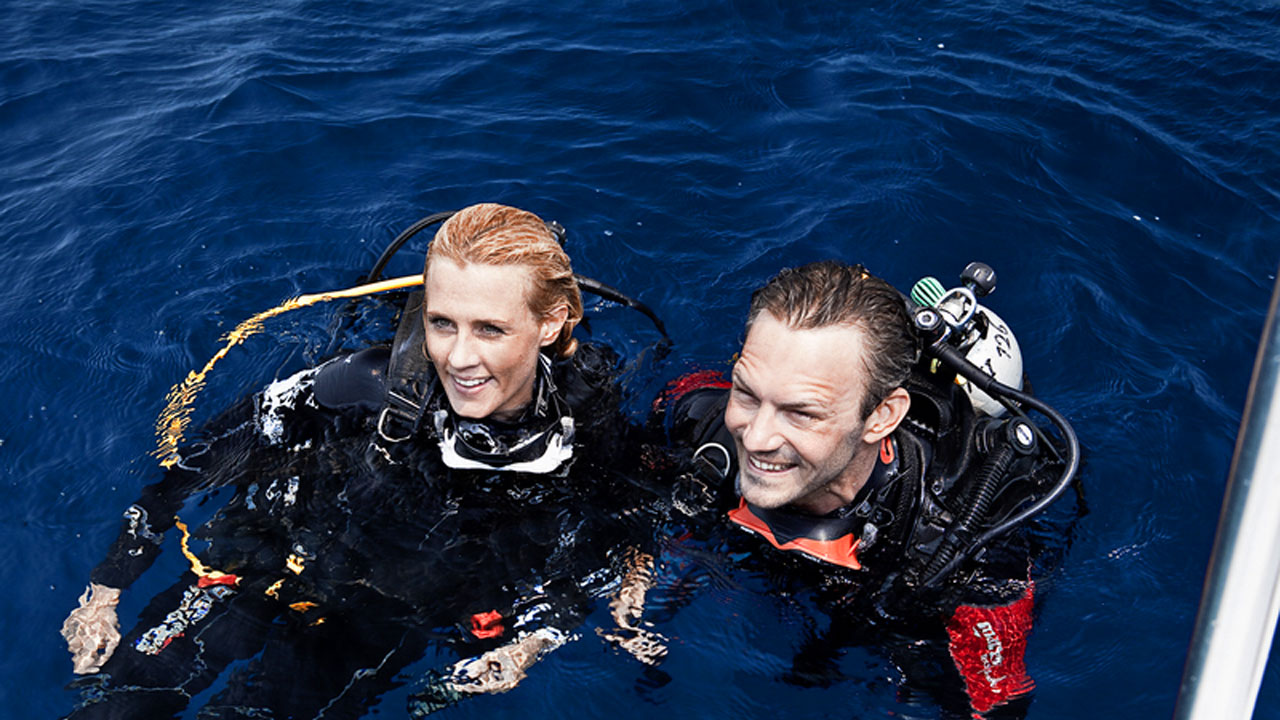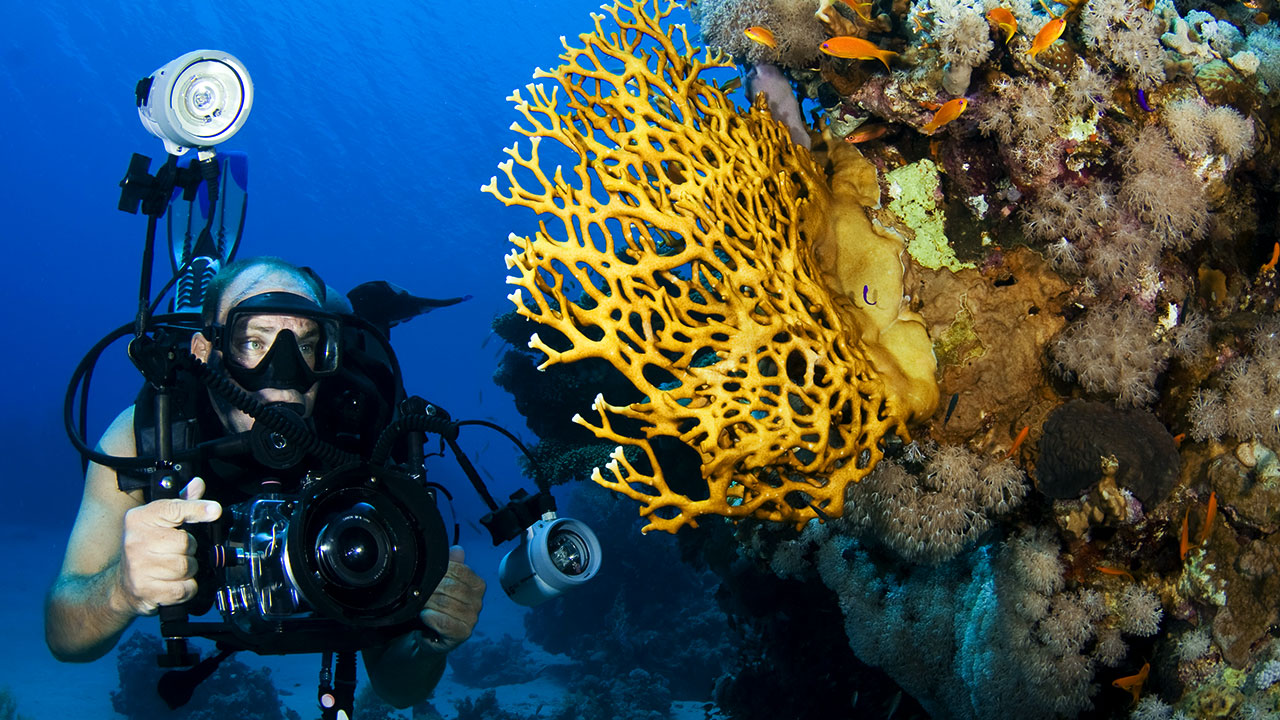Wreck Dive Training and Why It’s Important

Wreck diving is among the favorite activities for many scuba divers of different skill and experience levels. It presents a great opportunity to explore a piece of history, engage in archeology and observe the creatures living in the wreck. Certain wrecks, however, are positioned in places that require additional training, for instance, deeper than recreational depth limits or in locations with strong currents. Moreover, even relatively shallow wrecks can still contain some hazards that inexperienced divers may not be aware of. This is why it is important to undertake proper wreck dive training that will give you the skills and knowledge necessary to deal with potential issues.
Overhead Environments - the Risks You Face
First and foremost, it is worth noting that swimming along the exterior of a sunken vessel is one thing, but penetrating the interior is something that requires advanced training and knowledge about the risks associated with diving in overhead environment.
An overhead environment is defined as a scuba diving location where the diver does not have immediate access to the surface via direct ascent. Although it can look safe to those uneducated in the risks, penetrating an overhead environment can rapidly turn into a potential death-trap through natural occurrences, unintended error or an equipment-related failure.
Cave diving agencies, such as NACD, TDI and NSS-CDS have always set a benchmark for cave related training and devoted an enormous effort into educating divers about the risks of caves. Although, entering a shipwreck environment presents similar risks, little comparative education occurs for wreck diving. What’s more, there are no access limitations when it comes to exploring the inside of wrecks, which means that divers with no adequate training or experience can enter an overhead environment.
One of the biggest risks for every wreck diver is the loss of visibility due to a silt-out. Most wrecks are full of debris and sediment, which means that a single ill-considered fin stroke can raise a cloud of silt. Most inexperienced wreck divers have difficulty comprehending how dangerous this event can be, while a good instructor will make sure that their students understand the implications of a silt-out and know how to properly deal with it.
Here is a list of some other risks involved with entering an overhead environment:
- Gas supply failure due to equipment malfunction, negligence or poor planning;
- Disorientation - the inability to find the way out often caused by the silt-out;
- Lost buddy or team separation, especially when wreck penetration was not planned;
- Collapse - if the structure is unstable, it can fall apart and physically entrap divers or obstruct their exit;
- Loss of weight belt can cause the diver to be pinned against the wreck ceiling,
- Explosion - wartime shipwrecks may contain unstable munitions and explosives.
What You Will Learn During the Wreck Diving Course
Taking a wreck diving specialty course will above all educate you about the peculiarities of penetrating the wreck and help you be prepared for the potential challenges you may face inside. In addition to that, most entry-level wreck diving courses offer some theoretical knowledge on general issues surrounding shipwrecks. Some important aspects that you’ll have a chance to learn include the legality of diving certain sites and artifact recovery, the historical and cultural significance of wrecks, your responsibility as a diver to contribute to the preservation of marine ecosystems that often grow around the wrecks, etc.
You will also learn some more practical wreck diving skills and safety measures in the wreck environment, including:
- How to use a guideline to ensure that exit from the wreck is always possible.
- The necessity of carrying a primary and a backup light. There is no natural source of light inside the wreck, so you need a torch to find your way around.
- The importance of carrying emergency tools, in particular a dive knife to be able to free yourself it case you get caught up in line or other objects.
- Being cautious around the wreck and understanding that it can be very fragile due to the fact that the wreck will have been under water for many years. All divers are advised to pay close attention to the structure of the ship and make sure they keep their hands away.
- Carefully monitoring the gasses in your tank to make sure you always have enough breathing gas (at least one third of the total volume) available to get yourself back out.
Taking a wreck diving course is a great way to enrich your scuba diving life, as well as stay a safe and responsible diver.





Am a warm water tech/wreck diver from the Philippines relocated to Buffalo. Would like to finish my tdi open circuit, explore rebreather, and get involved in the local tech scene. Thanks!